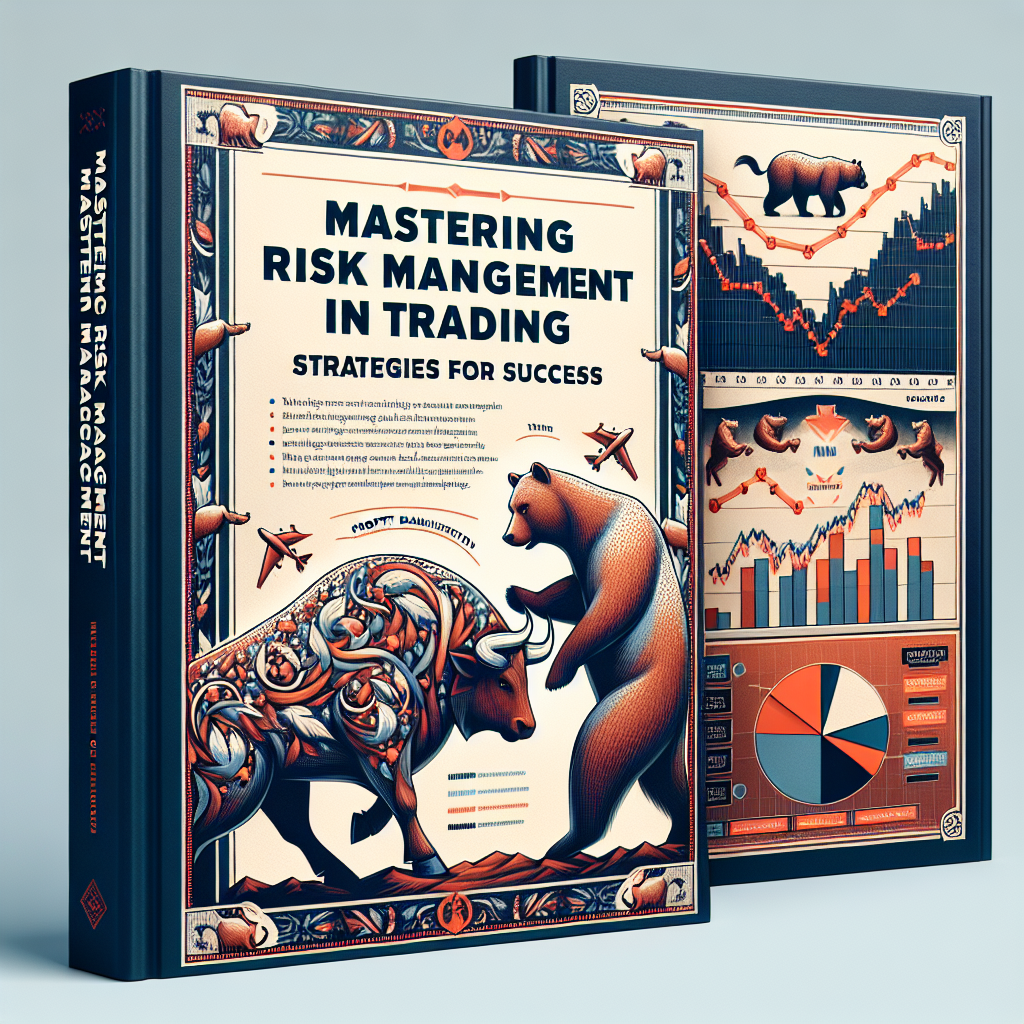
Understanding Risk Management in Trading
Risk management in trading is the cornerstone of long-term financial success for traders and investors alike. Whether you are involved in forex trading, stock markets, or cryptocurrency, employing effective risk control strategies is essential to safeguard your capital and optimize your potential returns. This article delves into the principles of risk management, explores practical techniques, and highlights the importance of psychological discipline in trading.
Why is Risk Management Crucial in Trading?
Trading, by nature, involves a significant degree of uncertainty and volatility. Without a solid risk management plan, even the most sophisticated trading strategies can lead to severe losses. The main objectives of risk management are to:
- Preserve trading capital
- Minimize the impact of losses
- Allow traders to stay in the market longer
- Enhance the probability of sustainable profits
By understanding position sizing, setting stop-loss orders, and diversifying portfolios, traders can manage risk exposure and avoid catastrophic drawdowns.
Core Strategies for Managing Risk in Trading
To achieve consistent success, traders must integrate robust risk management methods into their trading plans. Here are some of the key strategies:
1. Position Sizing
Determining the appropriate amount to risk per trade is vital. Many professionals recommend risking no more than 1-2% of your trading capital on a single trade. This approach helps cushion against losing streaks and preserves your equity for future opportunities.
2. Stop-Loss and Take-Profit Orders
A stop-loss order automatically closes a trade when the price reaches a predetermined level, limiting potential losses. Conversely, a take-profit order locks in profits by closing a trade at a specified profit target. Both tools are essential components of a disciplined trading plan.
3. Risk-Reward Ratio
The risk-reward ratio measures the potential profit of a trade compared to the possible loss. A common rule of thumb is to aim for a risk-reward ratio of at least 1:2. This means you stand to gain twice as much as you are willing to risk, increasing the odds of profitability even if not every trade is a winner.
4. Diversification
Spreading investments across different assets, markets, and strategies can reduce overall risk. Diversification helps ensure that the impact of a loss in one area does not significantly damage your portfolio.
5. Regular Review and Adjustment
Markets are dynamic, and so should be your risk management approach. Regularly reviewing your trading performance and adjusting your risk parameters is crucial for adapting to changing market conditions and improving your overall strategy.
The Psychology of Risk Management
Emotional control is as important as technical skills in trading. Fear and greed can lead to impulsive decisions, such as holding onto losing trades or overleveraging. Successful traders cultivate discipline, patience, and objectivity by:
- Sticking to a well-defined trading plan
- Accepting losses as part of the process
- Maintaining a journal to track emotions and outcomes
Using risk management tools is not just about numbers; it’s about building the mental resilience necessary for long-term success.
Advanced Risk Management Tools and Techniques
Experienced traders often utilize sophisticated tools and concepts to refine their risk management. Some of these include:
- Trailing stop orders: Automatically adjust stop-loss levels as the market moves in your favor, securing profits while limiting downside.
- Hedging: Taking offsetting positions to mitigate risk in volatile markets.
- Leverage management: Using leverage cautiously to amplify returns without exposing yourself to excessive risk.
- Volatility analysis: Assessing market volatility to adjust position sizes and stop levels accordingly.
These advanced techniques can further enhance your ability to navigate complex market environments.
Common Risk Management Mistakes Traders Make
Even seasoned traders can fall into traps that jeopardize their capital. Some frequent risk management errors include:
- Ignoring stop-loss levels and moving them further away
- Overtrading and increasing position sizes after a loss
- Trading without a clear plan or strategy
- Not accounting for market correlation and overexposing to similar assets
Awareness of these pitfalls is the first step to avoiding them and becoming a more resilient trader.
Building a Robust Trading Plan with Risk Control
A comprehensive trading plan should integrate risk management principles at every stage. This includes:
- Defining your risk tolerance and setting maximum drawdown limits
- Establishing entry and exit criteria for every trade
- Implementing consistent position sizing rules
- Setting realistic profit targets and loss limits
- Regularly assessing and updating your plan based on performance
By embedding risk management into your trading routine, you create a framework for long-term growth and stability.
Conclusion: The Path to Trading Longevity
Risk management in trading is not an optional add-on; it is a fundamental pillar that supports every successful trading journey. By understanding and applying sound risk management strategies—such as position sizing, stop-loss orders, diversification, and psychological discipline—you give yourself the best chance of achieving sustainable profitability and minimizing emotional stress. Remember, in the world of trading, preserving your capital is the key to staying in the game and capitalizing on future opportunities.
Related Concepts and LSI Keywords
As you continue to refine your trading approach, keep in mind related topics such as money management, risk assessment, volatility management, trade execution, risk-reward analysis, portfolio protection, and trading discipline. Mastery of these interconnected concepts will elevate your trading performance and resilience in unpredictable markets.